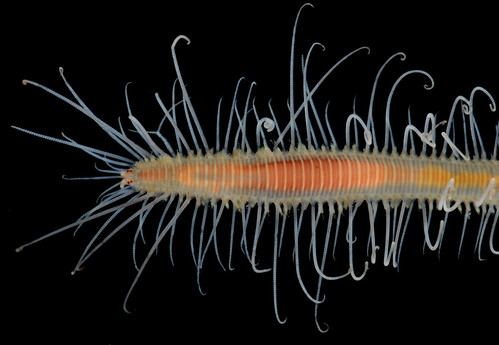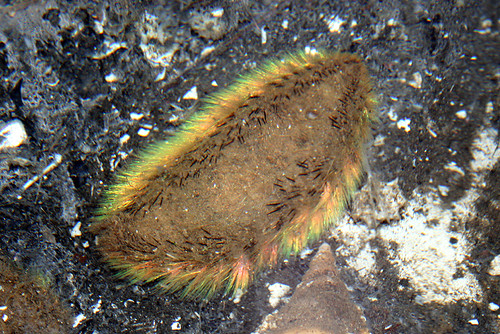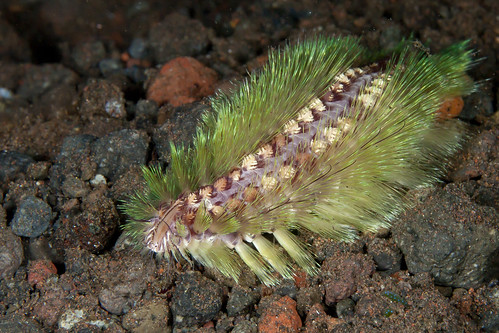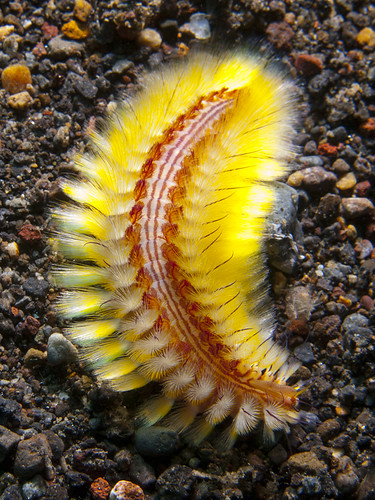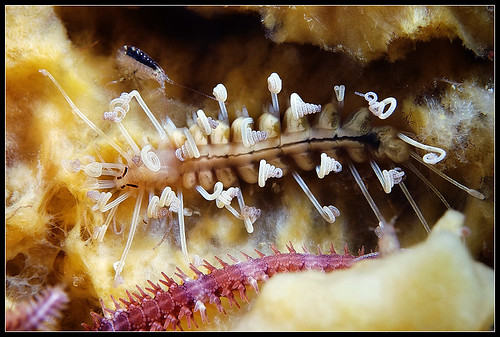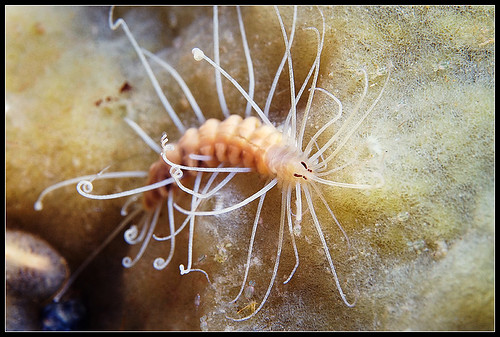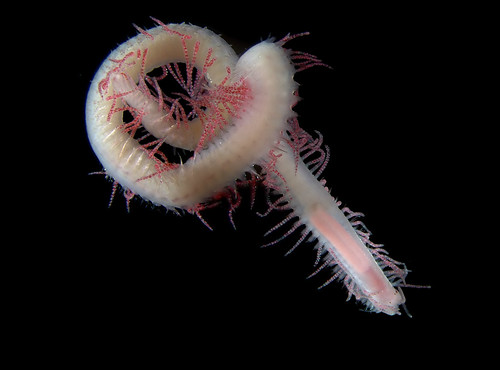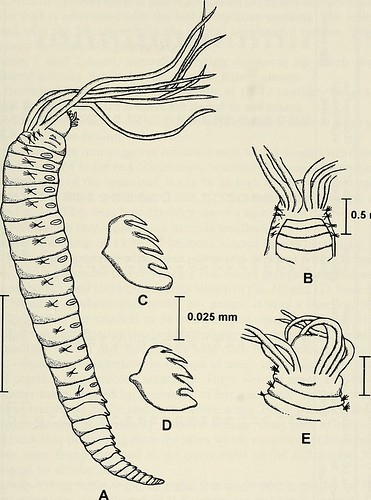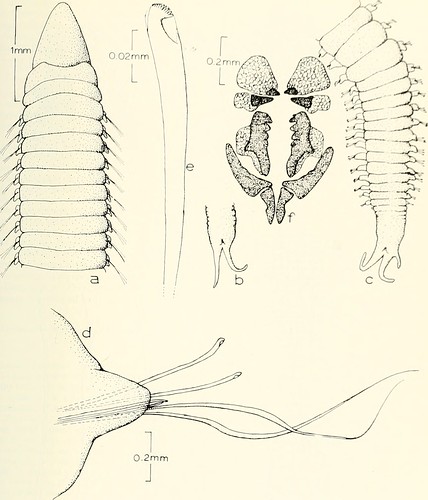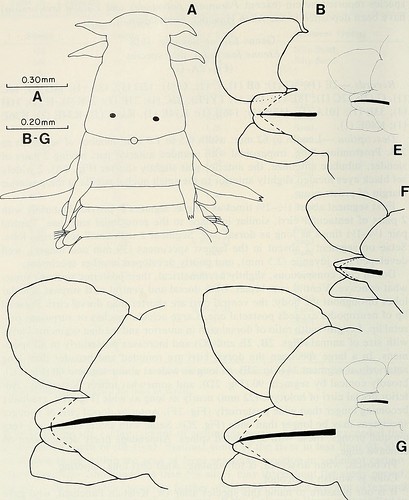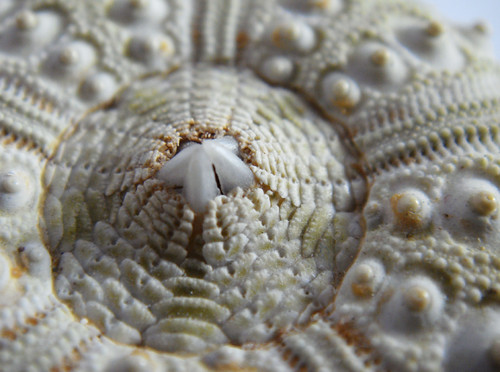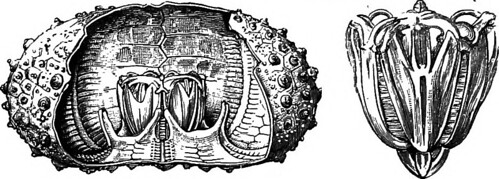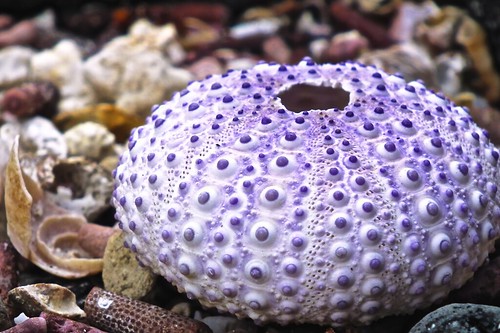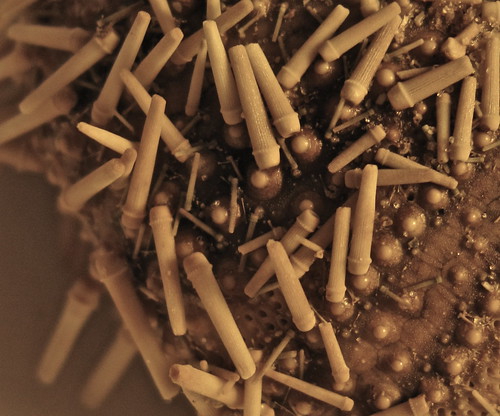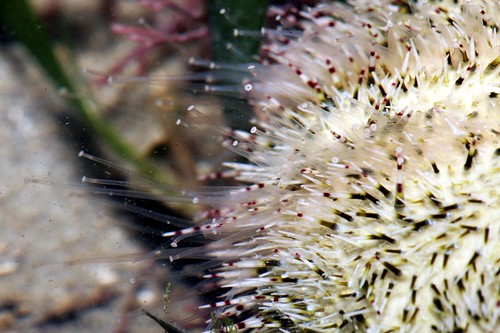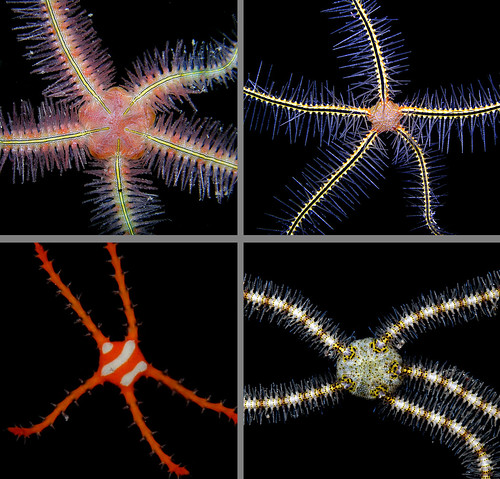Here is a great post on Dr. Fauchald's academic legacy at the museum and beyond...
But the Invertebrate Zoology Department at the National Museum of Natural History honors his life's work with an INTERNATIONAL and MUSEUM wide education celebration of his favorite animals: POLYCHAETES! If you are in the DC area feel free to visit Ocean Hall or the Q?rius Center to see specimens and displays about polychaete worms!!
Meanwhile, I honor International Polychaete Day with a polychaete worm-themed post!! Here's the one I wrote up last year that revealed polychaete facts you may not have known!
And don't forget this is a TWITTER thing also!! Hashtag #InternationalPolychaeteDay
Here is the Storify Of International Polychaete Day from Last year!
Among the points I made? that many polychaetes are actually named for greek nymphs, goddesses and other mythological characters!! Today.. I focus on that topic and share the etymology of some awesome looking polychaete worms!!
5. Aphrodite
Probably one of the first polychaete worms I was able to recognize on sight was this gorgeous animal! Also known as the "sea mouse" the genus Aphrodite described by Linnaeus in 1758 is arguably one of the most distinctive of marine invertebrates.
It is of course named for the famous Greek Goddess of Love, Beauty and Sex. But I suspect what made her name particularly apt, was that she was born from the foam of the sea (aphros).. the complete name Aphrodite means "Risen from the Foam"
 |
| Image via Wikipedia: https://en.wikipedia.org/wiki/Aphrodite#/media/File:Sandro_Botticelli_-_La_nascita_di_Venere_-_Google_Art_Project_-_edited.jpg |
Its many iridescent bristles and unusual shape have made it one of the more memorable animals to encounter in an Invertebrate Zoology laboratory or field trip. These and the various members of this family (the Aphroditidae) occur primarily in cold-water habitats and can be encountered in a wide range of habitats, from SCUBA diving to bottom trawls in the Antarctic!
And is any animal more deserving of the name? Stunning.
Perhaps one of the most strikingly beautiful fire worms (a type of polychaete with very inflamatory setae) is named for the female name Chloe. Given that the name was assigned by none other than the famous French naturalist Lamarck in 1818, the name may be in reference to Chloe from the Greek story Daphnis and Chloe
Chloeia is a worm with large, colorful bristles and occurs throughout the tropical Atlantic and Indo-Pacific, certainly the beauty of its namesake!
Images of "Chloeia flava" are seen commonly on various image and video websites. Its not clear if these are all correctly identified, but they DO show a wide range of colors and patterns!!
3. Swima & Flota
The "truth in advertising" award for polychaetes (in the Accrociridae) goes to these two pelagic worms with names that essentially DESCRIBES their life style! So, for Swima, was named for that species ability to SWIM.
The genus name Flota would seem to similarly suggest "float" in Latin..

There is of course a GREAT story surrounding Swima that you can watch in the MBARI video below but essentially Swima, with one particularly appropriate species, Swima bombaviridis can actually relelase GLOWING BOMB of BIOLUMINESCENCE as a defensive mechanism!(read more here)
You can read MORE about both of them at MBARI's feature story!
We've been seeing SIMILAR types of worms on the Okeanos Explorer dives off Hawaii! I'm honestly not sure which genus we are seeing (or if there's a third? I am simply ignorant of)
The genus name Flota would seem to similarly suggest "float" in Latin..

There is of course a GREAT story surrounding Swima that you can watch in the MBARI video below but essentially Swima, with one particularly appropriate species, Swima bombaviridis can actually relelase GLOWING BOMB of BIOLUMINESCENCE as a defensive mechanism!(read more here)
You can read MORE about both of them at MBARI's feature story!
Rewatching yesterday's #okeanos dive— Carina M. Gsottbauer (@CarinaDSLR) September 24, 2015
Swimming #polychaete worm = BRILLIANT#Hawaii, ~2200m pic.twitter.com/JoLv1wiwU5
2. Syllis & the SyllidaeHere's your dose of #deepsea #mondaymotivation ! Let out your inner party polychaete! #okeanos pic.twitter.com/gRssgff9Q8— Amber Cobley (@cobbers_ocean) April 25, 2016
Another bunch of polychaete worms whose name was apparently inspired by a classical mythological nymph is Syllis! Who was a naiad nymph from Greek mythology! (here)
 |
| Disclaimer: Statue of a generalized classical nymph intended to represent concept and NOT a statue of Syllis! |
1. All the Worms named for Kristian Fauchald!
International Polychaete Day honors Dr. Kristian Fauchald, but EVEN IF the event were to pass, his name has been immortalized into the polychaete literature!!
Based on a search of the WoRMS database (World Registry of Marine Species), as of this writing, there are approximately FORTY polychaete worms which carry the name "Fauchald"!!
Most are species epithets but there are at least TWO genera, Fauchaldius and Fauchaldonuphis!
Sadly, I could not locate any living images, but here are diagnostic diagrams of species named for Dr. Fauchald!!
Here for example is Amphisamytha fauchaldi which was a new species of ampharetid (Annelida: Polychaeta) from the hydrothermal vents at Guaymas Basin, Mexico. Over 2000 meter depths! (as one would expect for a hydrothermal vent species).
Another one was Lumbrineris fauchaldi described in 1972 from the Gulf of Saint Lawrence in moderately deep-water (580-610 meters)
